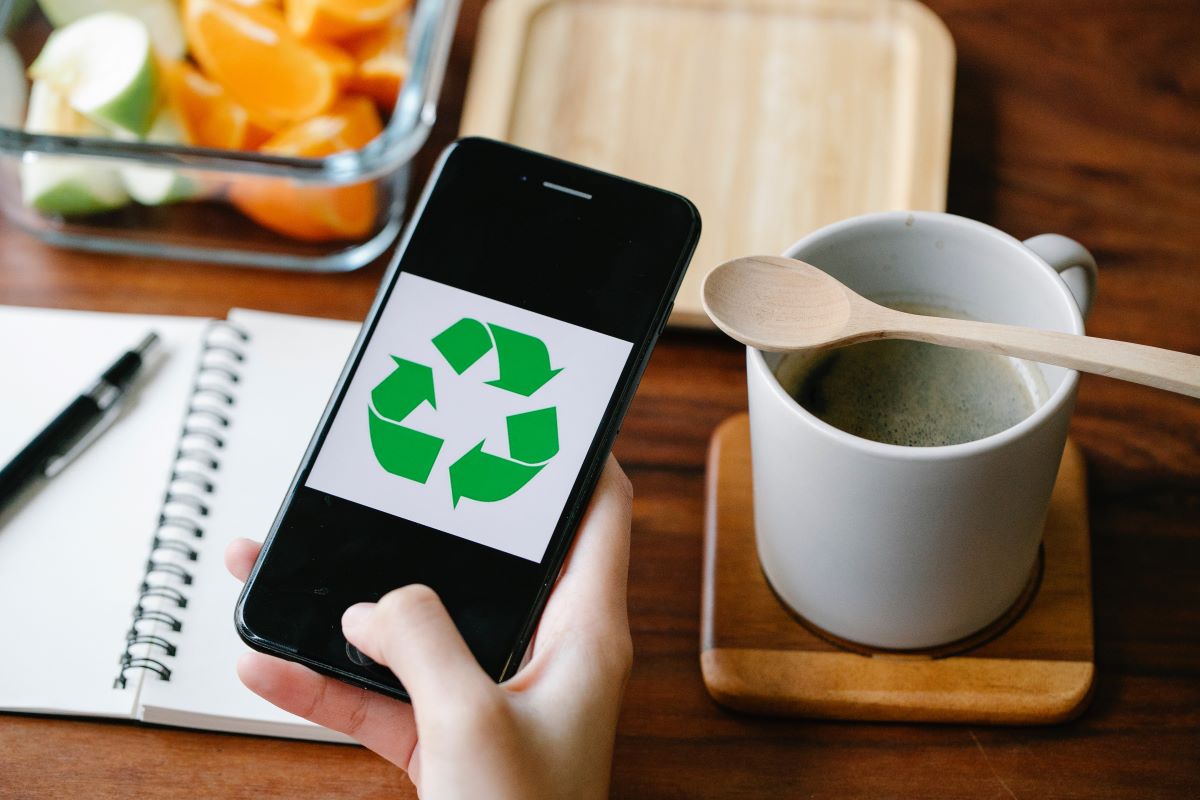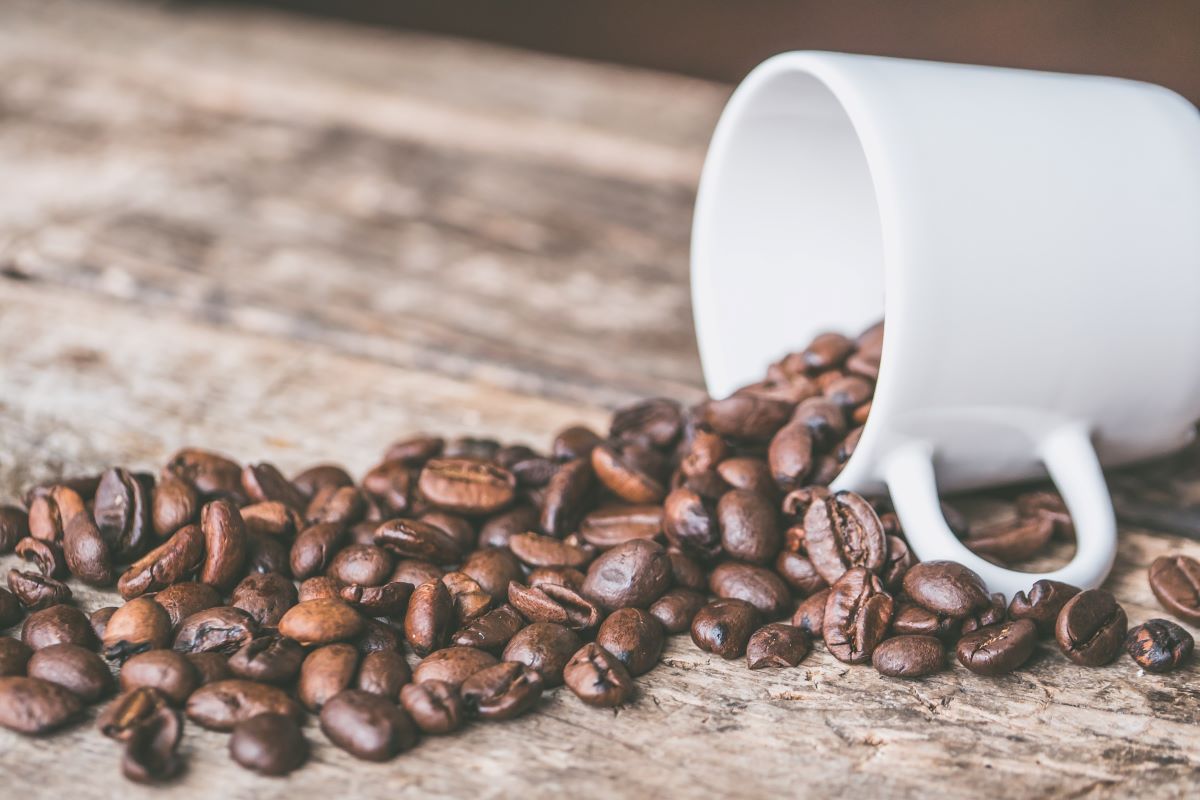The term "sustainable coffee" is being used more frequently today in the coffee industry. Brands and companies are becoming more and more aware of the social, economic, and environmental effects of coffee production.


The increased conversation about environmental development is one of the reasons sustainability is taking center stage.
In the coffee sector, there have already been indications that the quantity of area used for coffee cultivation is in jeopardy due to climate change, causing farmers to "rise higher" in pursuit of the ideal temperatures for arabica growing.
Get to know about choosing sustainably grown coffee to reduce the environmental impact of coffee and sustainable coffee brands.
What does sustainable coffee production mean?
When we say sustainable coffee production we mean Coffee production that is affecting the ecosystems of the rainforest, which harms the plant and animal species that live there.
Monocrop coffee cultivation is causing deforestation, soil erosion, and water pollution all over the world.
By implementing practices like water use, pheromone boxes to ward off insects instead of pesticides, composting coffee bean waste to use as fertilizer, and burning coffee hulls as fuel instead of cutting down eucalyptus trees, coffee production can be made more sustainable.
How to produce sustainable coffee
Producers of coffee have few options. They can relocate their coffee farms to higher elevations, where the climate is generally colder and more suited to coffee cultivation.
They can switch coffee plants that were traditionally produced at lower elevations to another crop, like cocoa.
Or they can persevere and try to fend off pests, high temperatures, and erratic rainfall by improving farm management and intensifying sound agricultural practices, such as replacing old, unhealthy coffee trees with improved, disease-resistant types.
Different organizations and governments already take action toward sustainable coffee production.

However, there is a drive to take further action. The Sustainable Coffee Challenge is one of the major initiatives going on right now.
By bringing together all the stakeholders in the coffee industry coffee producers, traders, roasters and retailers this significant new project aims to make coffee the first fully sustainable agricultural product in the world and to increase demand for (and investment in) sustainable coffee.
Want to be more sustainable and help the environment? Start integrating trees into your business
How to reduce the environmental impact of coffee

Try a Useful Coffee Filter
Even though it would seem like it would only have a minor impact, it is important to keep in mind that all of these filters are bleached before being used, and they all end up in a landfill somewhere in the world. This eventually pollutes the ecosystem by ending up in the soil.
Make Use Of Your Own Coffee Mug
Whether you go to your neighborhood coffee shop or prepare coffee at home. Bring a cup with you. A great method to protect the environment and lessen the over 16 billion paper cups used for coffee each year is to use a reusable cup with a straw.
Utilize a manual coffeemaker
This is a fantastic method for making coffee at home because it not only prevents a lot of coffee from being wasted. With manual brewing, you carefully calculate how much coffee you will need, ground it (ideally), and then brew. The environmental impact of using a manual immersion brewer, like a French Press, is at most negligible because you don't even need a filter.
Don't wear the coffee sleeve
The coffee sleeve you receive when ordering a coffee to go from a coffee establishment is something we have all seen.
If you use a cup from your preferred neighborhood coffee shop because you forgot or don't have a travel mug, try to avoid using a coffee sleeve by storing some reusable cup sleeves in your car.
If you can find some on a website like Amazon, they are fairly affordable and prevent them from going to the garbage.
How to choose sustainably grown coffee
An important consideration while selecting sustainable coffee is the certification symbol. Here are a few common certification symbols!
1. Certification by the Rainforest Alliance
The certification from the Rainforest Alliance is indicated by a green frog. It attests to the fact that processing and production take into account the rights of the producer and the environment.
It can be used as evidence that the coffee was produced under safe working circumstances and without the use of child labor in addition to using ecologically friendly cultivation and harvesting techniques. It is a beverage that considers both society and the environment.
2. Favorable to birds
Coffee farms that are shade-grown and organic while preserving tropical forests are given the Bird Friendly seal of approval.
Protecting migratory birds that are resting in the coffee growers' way of life while protecting the forest. A part of the proceeds from Bird Friendly certified coffee is donated to migratory bird conservation initiatives.
What are the examples of sustainable coffee brands
Making a sustainable coffee choice can have a significant global impact. Which coffee brands are the best in terms of sustainability? The best sustainable coffee brands are listed here.
- Higher Ground Roasters.
- Café Mam.
- Ethical Bean.
- Larry’s Coffee.
- Conscious Coffees.
- Salt Spring Coffee.






